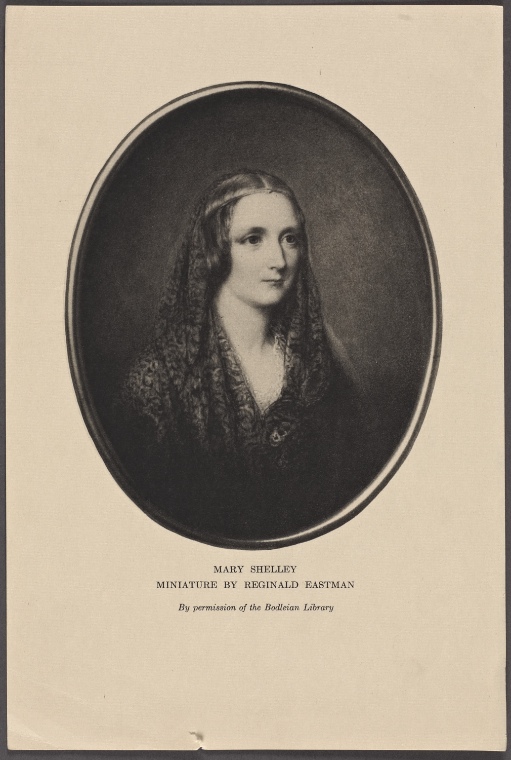Back to Bentari Project Blog
Bentari Project Blog
Posted:
Wednesday, October 3, 2018

“The Revolt of Islam” is a poem that Percy Shelley wrote 200-years ago. The story is told in 12 Cantos. Dozens of Spenserian stanzas build each Canto. It’s a lot of verse—glorious to read for the patient romantic.
The tale describes two lovers who inspire a revolt to expel a corrupt tyrant.
The poet explains in his preface, “It is an experiment on the temper of the public mind, as to how far a thirst for a happier condition of moral and political society survives, among the enlightened and refined, the tempests which have shaken the age in which we live.”[1]
During just 4-decades preceding the creation of Shelley’s “Revolt,” his world, our world, was bent and shaken beneath Man-made tempests again, again and again.
In that 40-year span (1775-1815), America was birthed by the fire of two revolutionary wars. The French Revolution delivered a glimpse of that high peak of hope before the shroud of wretchedness settled heavily with the insatiable guillotine that followed. Napoleon ascended twice to temporary victories—paid for by the masses with permanent death. Then Napoleon died in 1821, just one-year prior the early demise of Percy Bysshe Shelley.
From the grave, the poet influenced a vast cadre of writers and leaders throughout the recent two-centuries that have delivered our today. It is an impressive list. Lord Byron, Dante, Leo Tolstoy, Yeats, Bertrand Russell and Upton Sinclair are among the many Shelley admirers who learned and expounded on his work. These are famous names—yet they are all names of men. Remember, though—Shelley’s wife was among his supporters. Though not as radical as her husband, she also studied “the tempests which have shaken the age in which we live.” Her name is Mary Wollstonecraft Shelley (nee Godwin). She wrote Frankenstein.[2] It was published 200-years ago in 1818.
The Brontë sisters would be Mary’s younger contemporaries—and Mary Anne Evans whose pen name was George Eliot—and Aurore in France who called herself George Sand. Then, after what seemed like a late eternity, there were suffragettes.
Now 2-centuries later, tempests assail us, but our ideas now are raw and strong like our sisters, our wives and like our mothers. Listen—softly, powerfully and finish this.
Image: Mary Shelley (1797–1851)—essayist, novelist and travel writer; she also edited and promoted her husband’s work. Miniature by Reginald Eastman.[3]
[1] https://en.wikipedia.org/wiki/The_Revolt_of_Islam
[2] https://en.wikipedia.org/wiki/Mary_Shelley
[3] https://digitalcollections.nypl.org/items/b16926af-3f2f-6b2f-e040-e00a1806531a
|